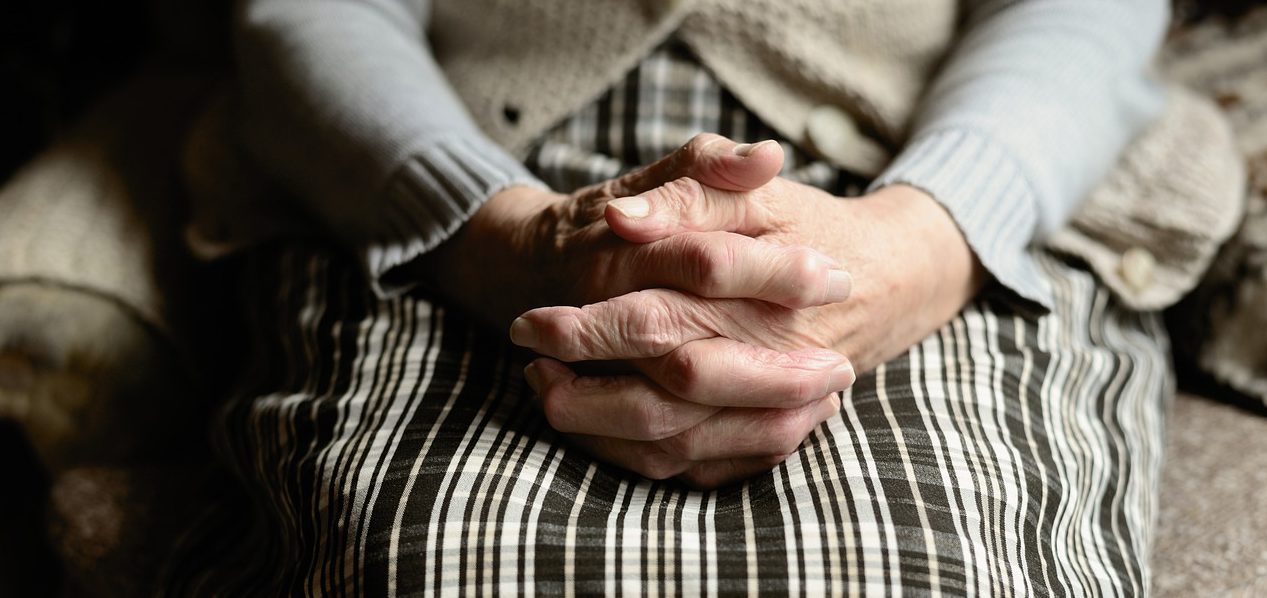Hungarian natural demographic decline highest in Europe

A Central Statistical Office publication reveals demographic trends in Hungary. From fewer births to an ageing population, there are significant differences when it comes to districts of the country, as well as within the European Union.
The Hungarian Central Statistical Office (Központi Statisztikai Hivatal, KSH) conducts its census every ten years in Hungary. The latest, though, originally planned for 2021, had to be postponed due to the COVID-19 pandemic, and therefore was held a year later, between October and November of 2022.
Evaluation of the data has now been completed, and the Statistical Office’s recent publication, TÉR-KÉP 2022, reveals lots of information about the demographic trends in Hungary. TÉR-KÉP 2022 provides short analyses of the demographic processes in Hungary and the European Union.
Hungary’s population is in a decline
At the time of the census, the population of Hungary stood at 9 million 604 thousand people. This means a drop of 334 thousand souls since the previous, 2011 survey. A similar decline characterised most districts in the country. It was mostly in Budapest and its neighbouring regions, in the county of Győr-Moson-Sopron and near Lake Balaton where the number of inhabitants grew.
Demographic changes, KSH highlights, are influenced by the rates of births and deaths, as well as migration. Therefore, besides the age composition of the population, labour market opportunities also explain these developments.
There are slightly more women in the country: for every 1,000 men, the census found 1,078 women.
When it comes to the fertility rate, figures are not too bright, either

Compared to 2021, in 2022, there were 4.9 percent fewer births in the country, amounting to 88.5 thousand fewer children being born. Overall, the fertility index fell to 1.52 from 1.59 a year prior.
The index represents how many children women who are of childbearing age (meaning between the ages of 15-49) have in their lifetime on average in any given country. The total fertility rate of a population, mfor.hu writes in their analysis of the KSH figures, has to be around 2.1 for a population to be sustainable.
In Hungary, no county reached the critical 2.1 level: closest came Szabolcs-Szatmár-Bereg and Borsod-Abaúj-Zemplén counties with 1.85 and 1.88 indexes, respectively. Comparably, in Budapest, this number was only 1.16.
Fewer births contribute to an ageing population

As for the ages of Hungarians, generally speaking, we are faced with an ageing demographic. Those 65 and older outnumber those who are younger than 15. 14.5% of the Hungarian population is between 0-14 years old, while 20.6%, almost 2 million people, is over 65. The majority, 54.5%, of Hungarians are in the 25-64 age group.
It is in the agglomeration of Budapest and in some Northern districts of the country where the relative number of children is higher.
As for the life expectancy, there are stark differences between regions in the country, 444.hu highlights. Men in Budapest have a life expectancy of 74.2 years while those in Borsod-Abaúj-Zemplén or Nógrád counties of Northeast Hungary are forecast to live for only 70.1 and 71 years, respectively. Nowhere outside of the capital does male life expectancy reach over 74 years.
As for women, their life expectancy is higher in the whole country than that of men. In Budapest, women on average live for 79.9 years, but Zala and Győr-Moson-Sopron counties in Western Hungary outperform the capital with their life expectancies of 80.2 years. Borsod county is the lowest here, too, women on average live to be only 77.3 in the region.
Comparatively, in the European Union, life expectancy for men is 78,0 years, and for women 83.4.
EU demographic: population grows, despite low birthrates

According to calculations from data collected between 2017-2021, KSH found that the natural reproduction rate in the EU was -1.6 thousandths per a thousand people. This means, that overall, more people died than were born in the EU.
This has been an ongoing trend since 2012. However, international migration made it so that – with the exception of 2020 and 2021 due to a high number of deaths related to COVID-19 – the population of the EU increases every year, despite lower birthrates.
To illustrate: between 2010 and 2022, 55.6 million children were born, while 60.7 million deaths occurred. However, with a 12.8 million-person surplus of immigration into the region, the number of people in the EU managed to grow.
Ireland, Cyprus, Luxemburg, and France, among others, saw high natural reproduction rates between 2017 and 2021. Compared to European demographic figures, Hungary produced subpar numbers. Its natural reproduction rate was at -4.5 thousandths per one thousand people, making it the fifth quickest waneing population in the EU.
Read also:
- Surprising: Romania more developed than Hungary, people may live better
- Grim survey results: Hungary least happy country in the region
Source: KSH, mfor.hu, 444.hu






Now imagine Hungary in 10 or 20 years. Full of asian people replacing the old remaining Hungarians. The government will not taking them out, they are required. Exactly what orban was trying to avoid. But well, i guess Fidesz pockets are full for now.